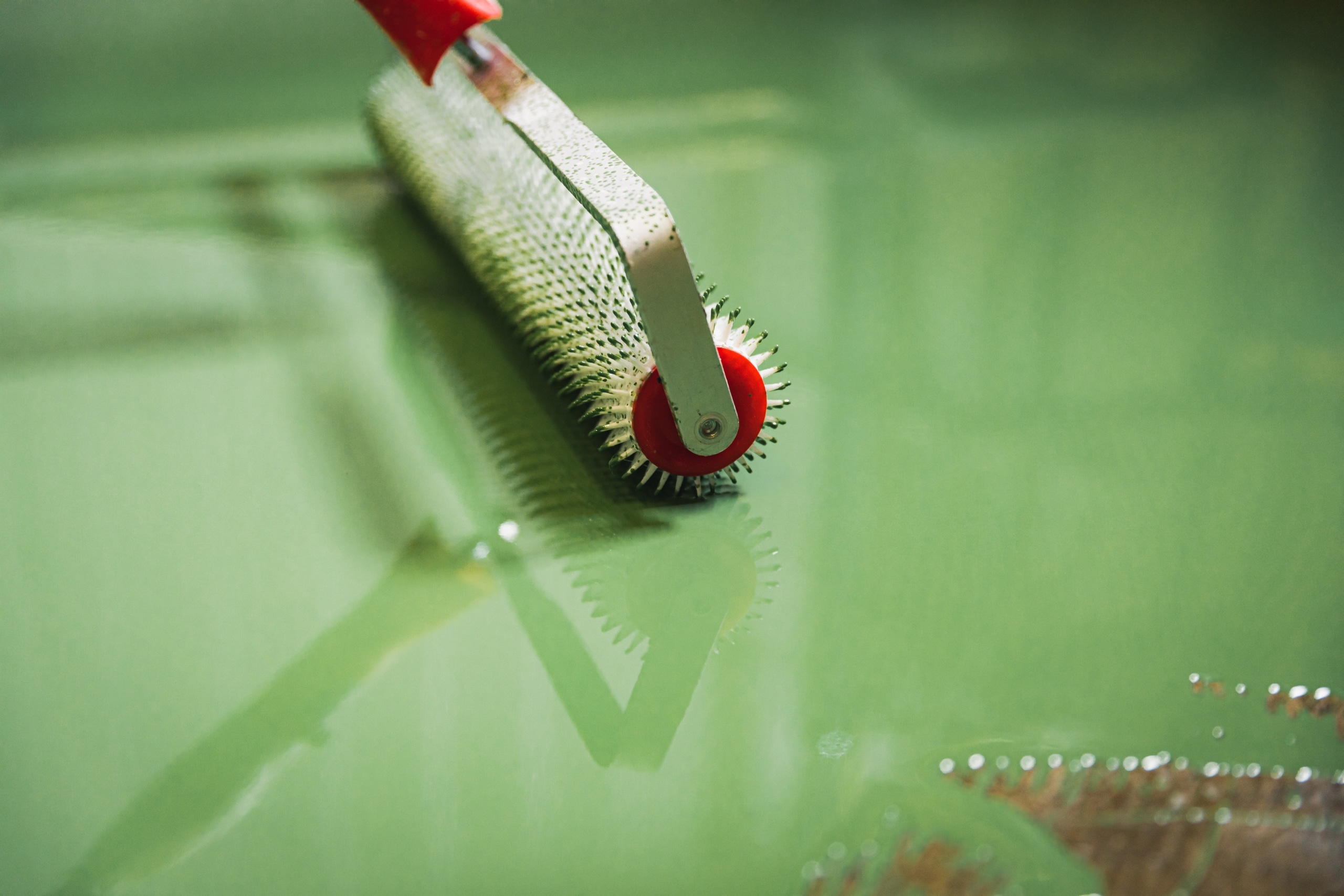
As a well-informed homeowner, you’ll want to know exactly what to expect when investing. Polyaspartic floors are no different, and while you may have heard of the many benefits associated with this flooring system, sometimes you want some straight-shooting answers to understand everything involved with minimal sugar coating.
Here’s all you need to know before switching to polyaspartic flooring from our experts at Epoxy Colorado.
Polyaspartic flooring is a high-performance floor system with superior durability and strength, usually applied inside homes and in commercial and residential garages. It is an advanced two-component, polymer-based coating system applied in a single layer. Polyaspartic flooring systems look great and are resistant to things like:
Polyaspartic flooring is commonly used in busy industrial settings, residential high-traffic areas (garages), stairways, entrances/exits of buildings, 24-hour commercial premises, production areas, and busy machine areas.
There’s no doubt about it: polyaspartic floors deserve their great reputation. Polyaspartic floors are incredibly versatile and are used in residential, commercial, and industrial settings for long-lasting solutions in areas that require exceptional durability.
Polyaspartic flooring is praised for its many advantages, including:
One of the biggest complaints about epoxy flooring, which is the well-known cousin, per se, of polyaspartic, is that it takes a very long time to dry (usually several days). Epoxy also has difficulty in the installation process if the weather conditions are not right (too cold or hot). Polyaspartic flooring, on the other hand, has a fast and easy installation and cures in only a few hours, regardless of conditions.
Be wary, however, of this swift curing time. Polyaspartic flooring can be tricky to work with because it cures and dries so quickly, so DIY’ers should use careful preparation and planning to avoid having to restart. It is always recommended to hire the help of professionals to carry out the installation process.
Polyaspartic flooring has downsides to weigh against its benefits. One of the primary things you’ll need to know is that polyaspartic flooring is an expensive flooring solution. This is often a major drawback that deters individuals from choosing the coating.
Secondly, polyaspartic coatings have great resilience and durability but are specifically vulnerable to acid corrosion. Exposure to strong acids (commercial acids like battery acid) or frequent exposure to common acidic substances like vinegar, certain cleaning agents, or even citrus juices will erode the effectiveness and attractiveness of polyaspartic coatings over time. Too much exposure may lead to more required maintenance or even reapplication.
Another major drawback is that polyaspartic flooring tends to be very slippery when wet. A top priority should always be safety when selecting flooring for any space, regardless of its purpose. Areas that are prone to spills or frequent water contact will be a significant risk for individuals falling and hurting themselves. Luckily, some additives can be mixed into polyaspartic floors to increase grip and reduce the slippery slope.
Finally, there are some preparatory measures to take before installing polyaspartic flooring. If there are any major problems with the underlying concrete base layer - such as significant cracks and holes - these will need to be repaired. The floor must also be prepared with a grinder to ensure the surface is smooth and even so that the resin can adhere strongly and properly.
While perhaps a mundane side of owning a new floor, it’s important to know that some regular maintenance and cleaning tasks are required. Read our full expert tips for maintenance, but in summary, be sure to:
To be fair, maintaining and cleaning any flooring (whether wood, concrete, or something else) is necessary to retain its original luster and durability and extend its lifetime.
Polyaspartic has the potential to transform your home or business into a vibrant space with a beautiful and durable floor. There are many advantages to polyaspartic flooring, including its advantageous cure time over regular epoxy, but there are also some disadvantages, namely cost, vulnerability to acid and slippage, and preparatory requirements.
The biggest hurdle for many is the expensive price tag, but rest assured that this cost is made back through its long-lasting life and incredible durability. If polyaspartic flooring is an attractive option and you would like to learn more, be sure to contact the experts at Epoxy Colorado immediately!
